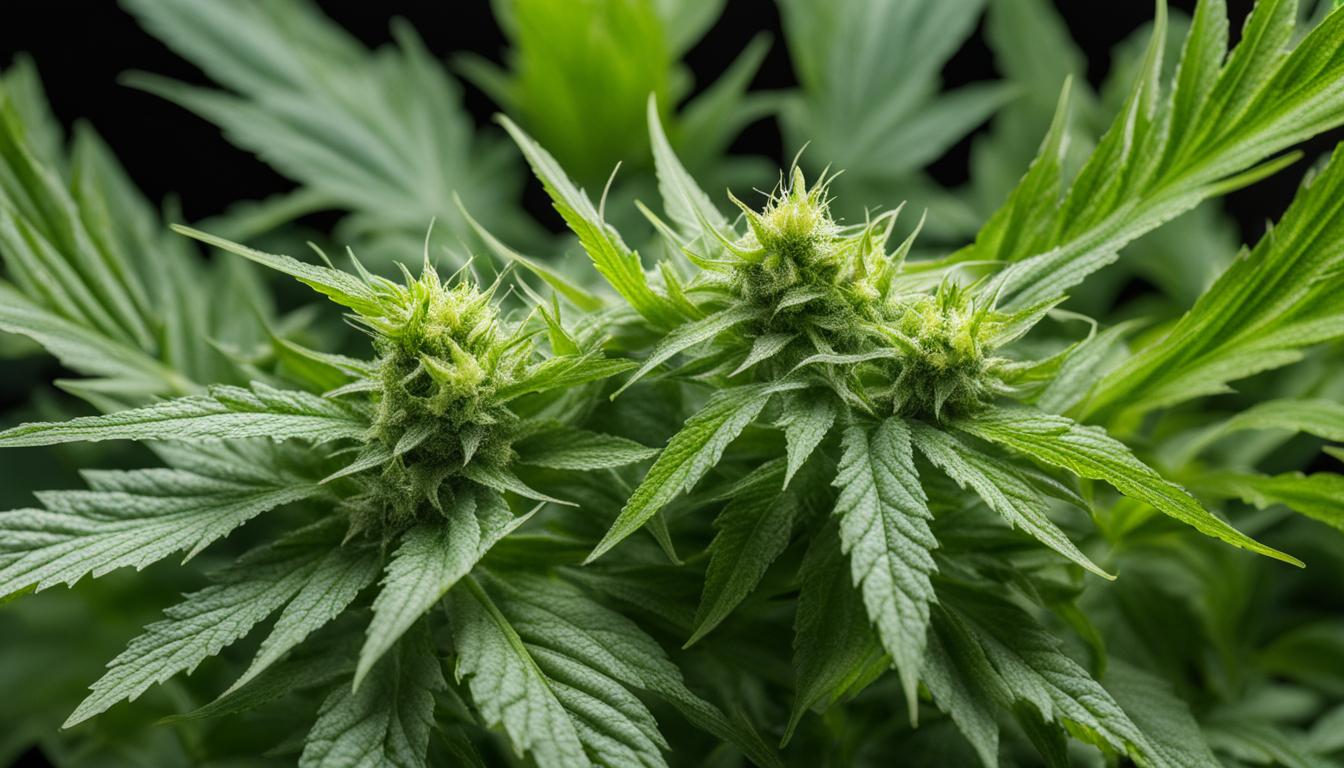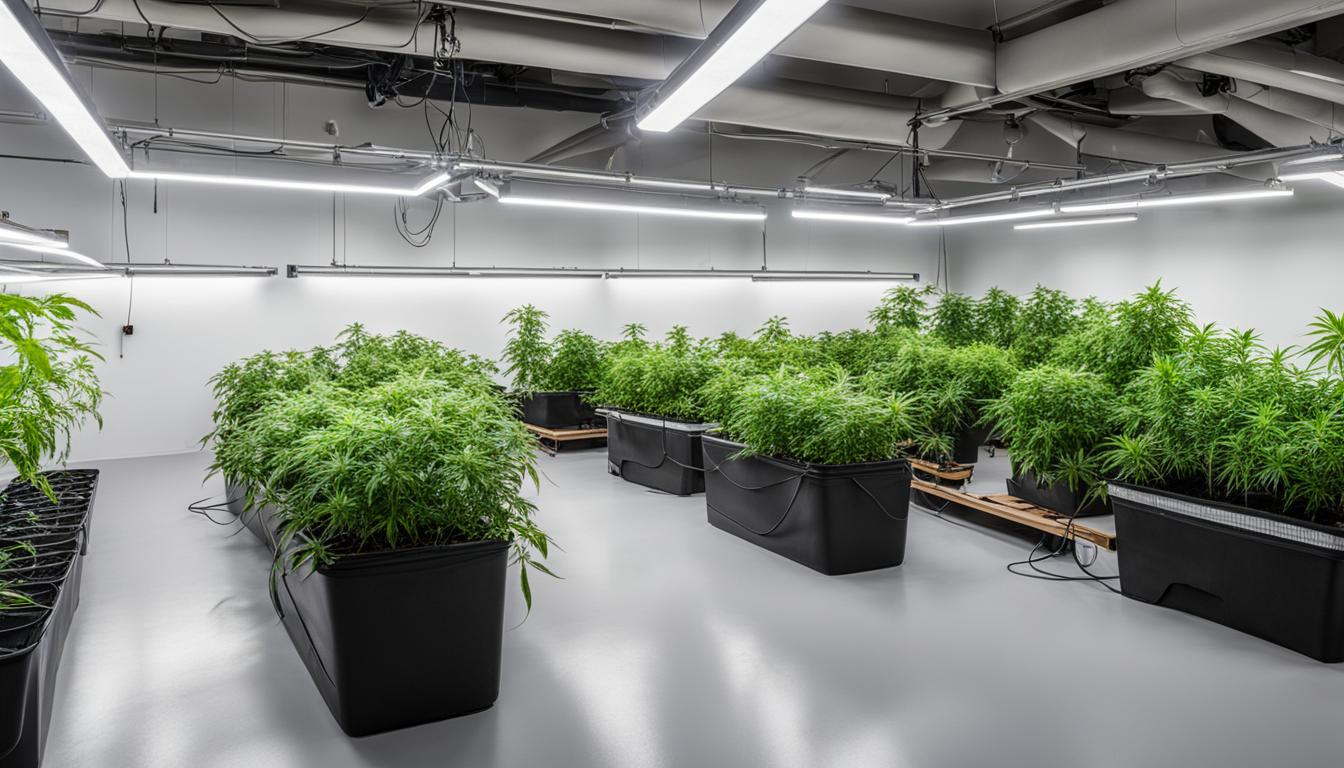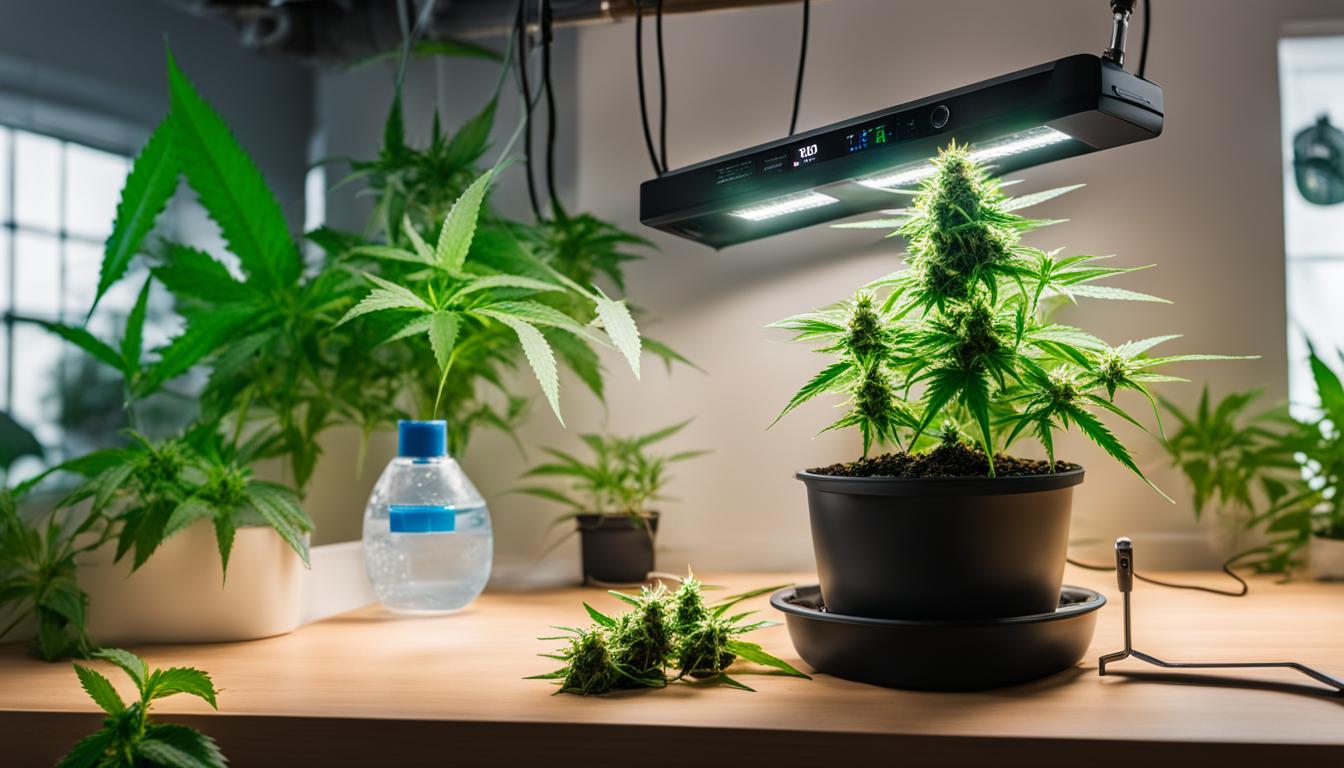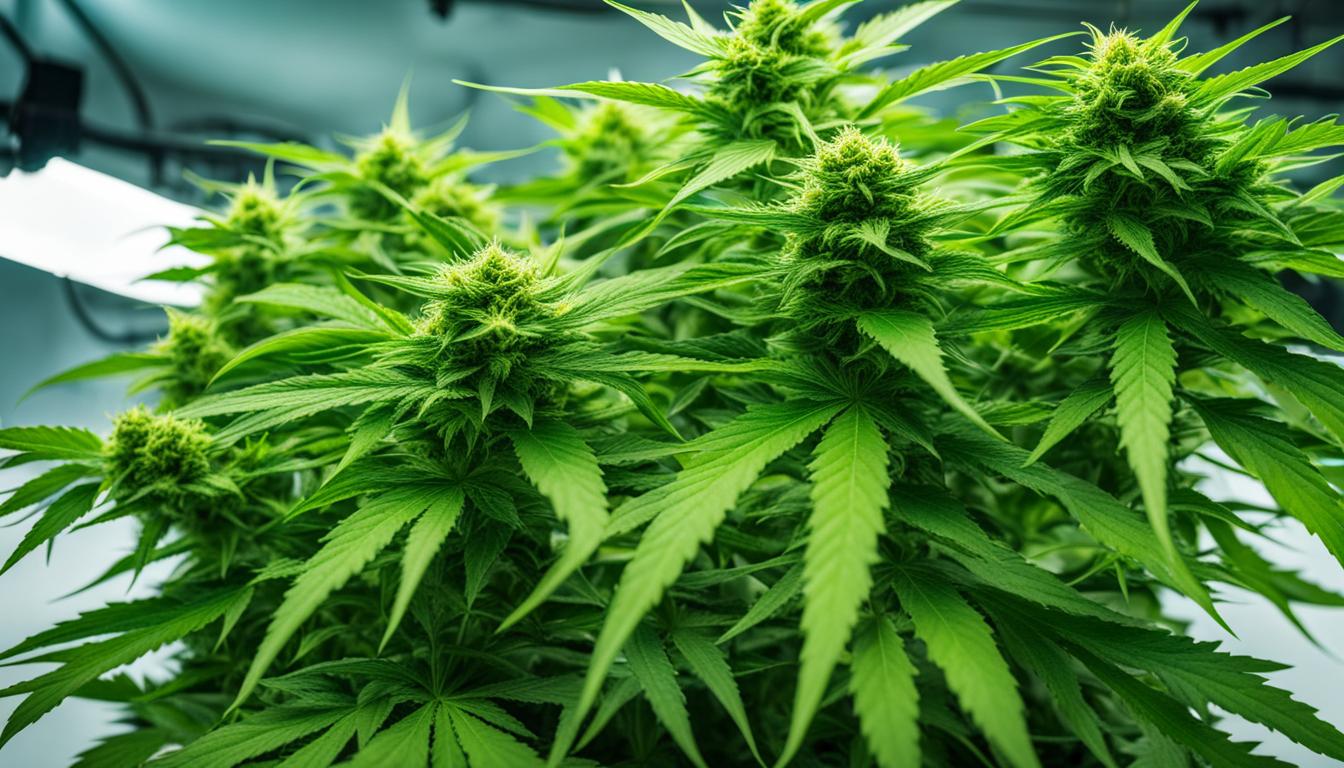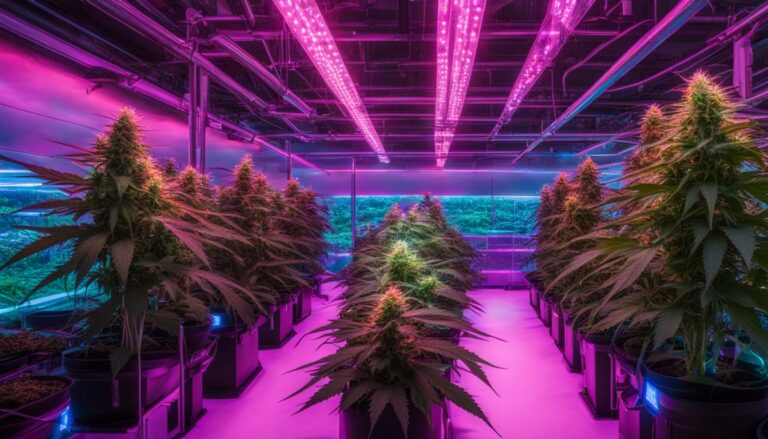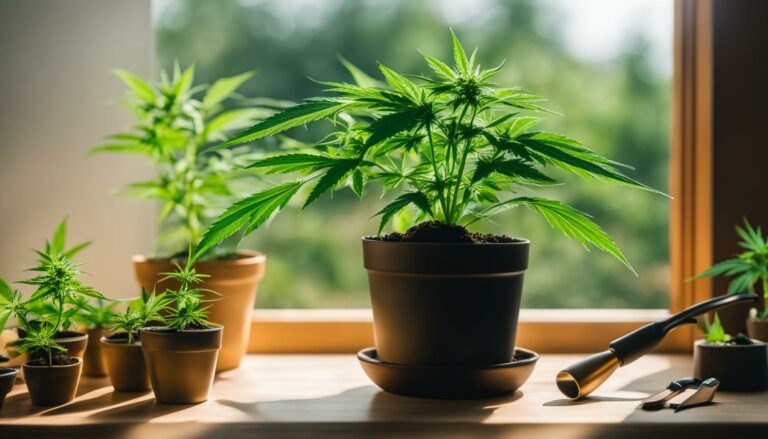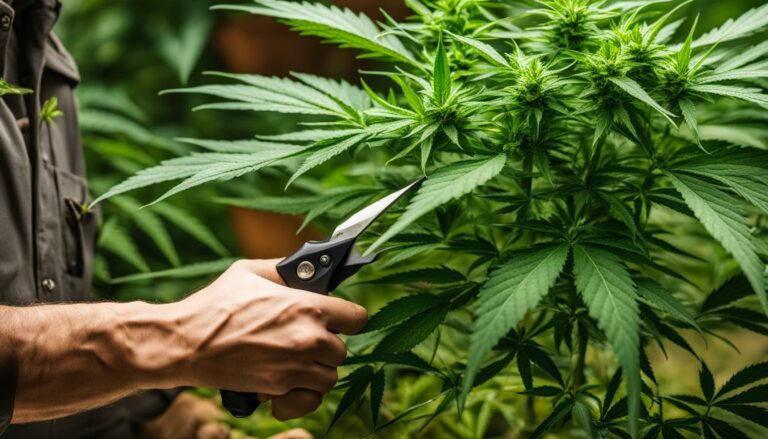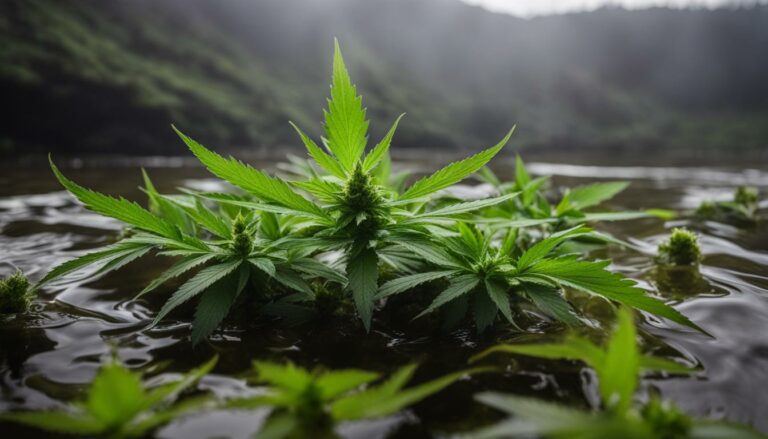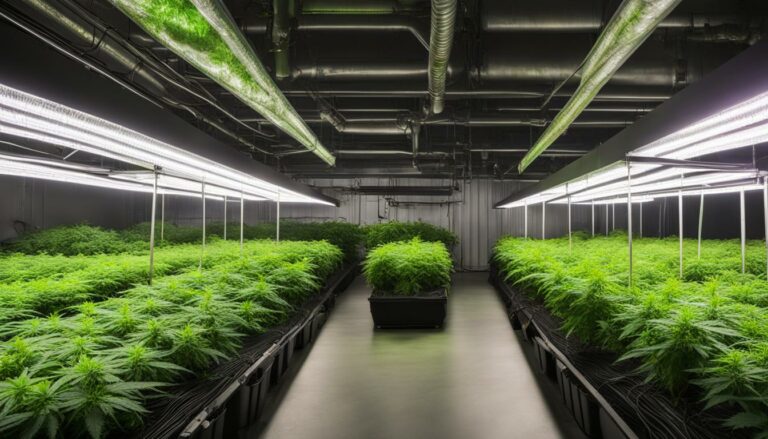Common Pests in Cannabis Cultivation and How to Control Them
Growing cannabis can be an incredibly rewarding experience, but it is not without its challenges. One of the biggest challenges that cannabis growers face is dealing with pests that can wreak havoc on their crops. From deer and birds to insects and smaller pests, these unwanted visitors can quickly damage and destroy cannabis plants, leading to significant losses.
In order to protect your cannabis plants and ensure a successful harvest, it’s crucial to implement effective pest control measures. By taking a proactive approach and implementing preventative strategies, you can minimize the risk of pests infiltrating your cultivation facility. Whether you are growing indoors or outdoors, there are steps you can take to create an environment that is inhospitable to pests.
In this article, we will explore some of the most common pests that cannabis growers encounter and provide valuable insights on how to control them. From identifying the pests to implementing organic pest control methods, we will cover everything you need to know to protect your cannabis plants from harm.
So, if you are ready to take your cannabis cultivation to the next level and overcome the challenges posed by pests, let’s dive in and discover effective pest control strategies that will ensure healthy, thriving cannabis plants.
Aphids – One of the most common cannabis pests
Aphids are a persistent problem in cannabis cultivation, causing significant damage to plants if left unchecked. These small, oval-shaped insects come in different colors depending on their stage of life and location. They feed on cannabis plants by biting into leaves, stems, or buds, sucking out essential nutrients and leaving behind a trail of destruction.
To effectively control aphids and prevent their infestation, organic pest control methods are often recommended. Insecticidal soaps, neem oil, spinosad, and Essentria IC3 are effective solutions that target aphids while minimizing harm to the cannabis plants. These natural remedies disrupt aphids’ life cycle and deter them from feeding on the plants.
Prevention is also crucial in managing aphids. Regular plant inspection can help detect early signs of infestation, allowing for swift action. If plants are already infested, moving them outside for spraying and removing heavily infected leaves and buds can help contain the spread of aphids. Additionally, ants around the base of a cannabis plant may indicate an aphid infestation, as ants are attracted to the honeydew secreted by aphids.
Table: Organic Pest Control Methods for Aphids
| Pest Control Method | Description |
|---|---|
| Insecticidal Soaps | Gentle on plants, these soaps suffocate aphids upon contact, disrupting their feeding and reproduction. |
| Neem Oil | A natural extract from the neem tree, neem oil acts as a repellent and disrupts the growth and reproduction of aphids. |
| Spinosad | A natural insecticide derived from soil bacteria, spinosad targets aphids’ nervous system, causing paralysis and death. |
| Essentria IC3 | A blend of plant essential oils, Essentria IC3 repels aphids and other pests while being safe for plants and the environment. |
By implementing organic pest control methods and staying vigilant in preventing and managing aphids, cannabis cultivators can protect their plants and ensure healthy and thriving yields.
Barnacles – Scale insects that harm cannabis plants
When it comes to cannabis pests, barnacles are often overlooked. These scale insects can be a significant threat to cannabis cultivation, causing damage by sucking the life out of stems and leaves. Barnacles can appear as growths or bugs on plants, and if left untreated, they can weaken the plant and attract fungus.
Cannabis pest identification: Barnacles are scale insects that come in different colors and patterns. They can be easily mistaken for harmless growths or overlooked due to their small size. However, it’s crucial for growers to be able to identify them to take appropriate control measures.
Preventing barnacle infestations is key in cannabis pest management. Regular inspection of plants is necessary to detect barnacles early on. If an infestation is identified, immediate action should be taken to prevent further damage to the plants. Insecticidal soaps, neem oil, spinosad, and Essentria IC3 are effective solutions for controlling barnacles. These organic pest control methods can help eliminate barnacles without harming the cannabis plants.
A well-structured table can provide a visual representation of the identification and control methods for barnacles. It can showcase the different colors and patterns of barnacles, along with the recommended treatments:
| Barnacle Color/Pattern | Treatment |
|---|---|
| Yellow | Insecticidal soaps |
| Orange | Neem oil |
| Brown | Spinosad |
| Black | Essentria IC3 |
“Preventing barnacle infestations is key in cannabis pest management. Regular inspection of plants is necessary to detect barnacles early on.” – Cannabis cultivator
By being aware of the threat barnacles pose to cannabis plants and implementing preventive measures, growers can protect their crops and ensure healthy and thriving plants.
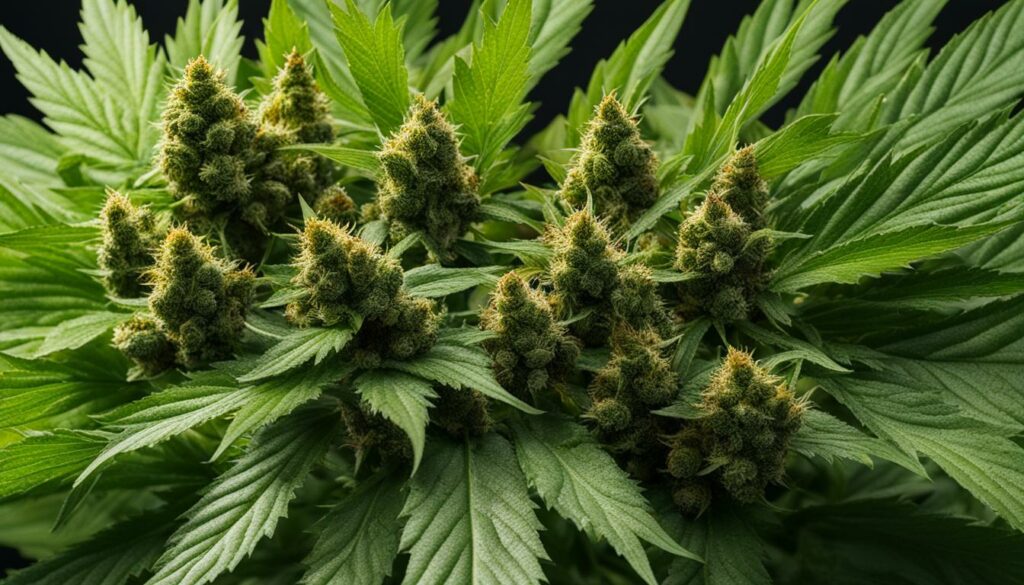
Broad Mites – Difficult-to-see pests that affect cannabis growth
Cannabis growers often face the challenge of dealing with broad mites, tiny pests that can have a devastating impact on cannabis plants. These pests are so small that they are difficult to see, even under a microscope, making it even more challenging to detect and treat infestations. Broad mites primarily affect the growth of cannabis plants, causing twisted, blistered, or discolored leaves and stunted growth.
To effectively manage broad mite infestations, organic pest control methods are recommended. Insecticidal soaps, neem oil, Essentria IC3, Mighty Wash, Avid, Forbid, and Diatomaceous Earth are effective solutions for controlling and eliminating broad mites. However, it is essential to note that prevention measures are crucial when it comes to broad mites. Treating plants for multiple weeks and implementing regular monitoring and treatment cycles are necessary to ensure complete eradication.
As with any cannabis pest, early detection and prevention are key to managing broad mite infestations. Regularly inspecting plants, implementing proper sanitation practices, and promptly treating any signs of infestation are crucial steps in organic pest control for cannabis. By using a combination of preventive measures and targeted organic pest control methods, growers can effectively manage broad mites and protect their cannabis crops from significant damage.
| Pest Control Method | Effectiveness | Description |
|---|---|---|
| Insecticidal Soaps | High | Effective at controlling broad mites by suffocating and killing them upon contact. |
| Neem Oil | High | Provides both repellent and insecticidal properties, disrupting the feeding and reproductive cycle of broad mites. |
| Essentria IC3 | High | An organic insecticide made from plant essential oils, providing excellent control over broad mites. |
| Mighty Wash | Medium | An organic contact insecticide and miticide that effectively controls broad mites on contact. |
| Avid | High | A systemic insecticide that provides long-lasting control over broad mites by interfering with their nervous system. |
| Forbid | High | An insect growth regulator that disrupts the development and reproduction of broad mites. |
| Diatomaceous Earth | Medium | A natural and non-toxic substance that causes dehydration and death in broad mites upon contact. |
Caterpillars, Inchworms, and Loopers – Threats to Cannabis Cultivation
When it comes to cannabis pest prevention, caterpillars, inchworms, and loopers are among the top threats faced by cultivators. These voracious eaters can cause significant damage to cannabis plants by chewing through leaves, buds, stalks, and stems. Not only does their feeding activity weaken the structural integrity of the plant, but it also exposes it to potential fungal infections and rot.
To effectively control caterpillars, inchworms, and loopers, organic pest control methods are preferred by many cannabis growers. One option is to use pyrethrum spray, a natural insecticide derived from chrysanthemum flowers. Applying this spray to affected plants can help remove the worms and prevent further infestation. Additionally, physically shaking the plants can dislodge and remove any caterpillars present.
Another effective organic solution is the use of Bacillus thuringiensis (BT) spray, a microbial insecticide that specifically targets caterpillars while being harmless to other beneficial insects. BT spray disrupts the digestive system of caterpillars, leading to their demise. By incorporating these organic pest control methods into their cultivation practices, cannabis growers can effectively combat caterpillars, inchworms, and loopers, ensuring the health and vitality of their plants.
Table: Overview of Organic Pest Control Methods for Caterpillars, Inchworms, and Loopers
| Pest Control Method | Description |
|---|---|
| Pyrethrum Spray | A natural insecticide derived from chrysanthemum flowers that effectively eliminates caterpillars, inchworms, and loopers through contact. |
| Shaking Plants | Physically shaking the plants to dislodge and remove caterpillars, inchworms, and loopers present on the foliage. |
| Bacillus thuringiensis (BT) Spray | A microbial insecticide that specifically targets and kills caterpillars, inchworms, and loopers while preserving beneficial insects. |
By implementing these organic pest control methods, cannabis cultivators can effectively manage the threat posed by caterpillars, inchworms, and loopers. Regular monitoring and early intervention are key to preventing infestations and ensuring the overall health and productivity of cannabis plants.
Fungus Gnats – Common pests in cannabis cultivation
Fungus gnats are a common issue in cannabis cultivation, and they can quickly become a nuisance for growers. These small flies are attracted to moist environments and can harm cannabis plants by damaging the root system. However, there are natural remedies and control methods that can help manage fungus gnat infestations.
Prevention is key when it comes to controlling fungus gnats. One effective method is to allow the top inch of soil to dry out before watering. By doing so, you create an unfavorable environment for the gnats to thrive. Additionally, blowing air over the plants and using fans to dry out the soil can further deter these pests.
There are also natural remedies that can be used to combat fungus gnats. Neem oil and Diatomaceous Earth are two popular options. Applying these substances to the soil can help deter the gnats and prevent their larvae from hatching. Yellow sticky traps can also be used to monitor and control the population of fungus gnats.
| Natural Remedies for Fungus Gnats | Effectiveness | Application |
|---|---|---|
| Neem oil | Effective | Apply to the soil |
| Diatomaceous Earth | Effective | Apply to the soil |
| Yellow sticky traps | Effective for monitoring and control | Place near plants |
By implementing these natural remedies and preventive measures, cannabis growers can effectively manage fungus gnat infestations and protect their plants from harm.
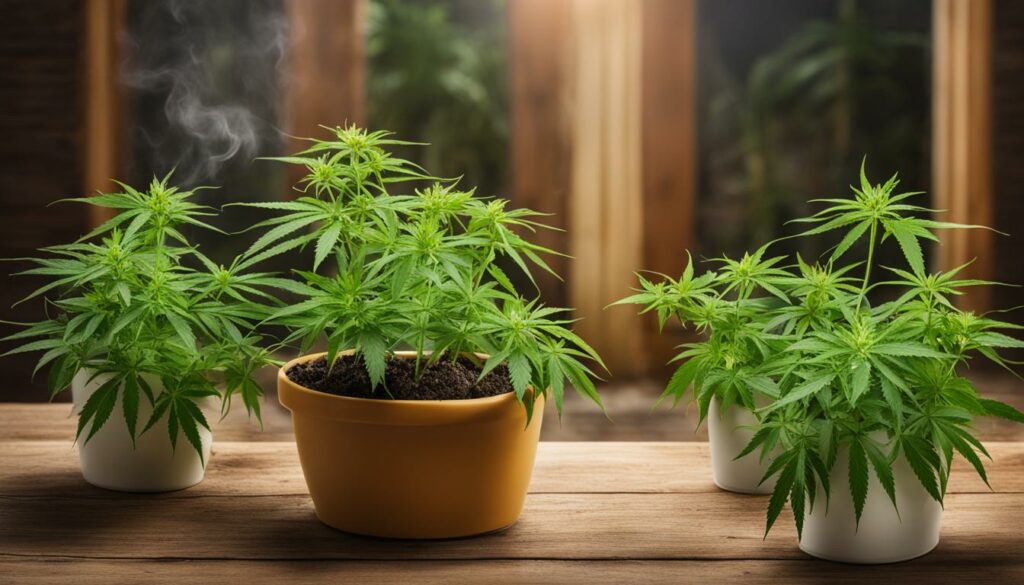
Leaf Miners – Pests that tunnel through cannabis leaves
Leaf miners are a common problem faced by cannabis cultivators. These pests are larva that live inside the leaves and create tunnels as they feed, causing significant damage to the plants. Leaf miners can weaken the leaves, affect plant growth, and make the plants more susceptible to diseases. It is essential for cannabis growers to understand how to identify and control leaf miners to protect their crops.
Organic pest control methods are the preferred approach for managing leaf miners in cannabis cultivation. These methods do not involve the use of harmful chemicals or pesticides and are more environmentally friendly. There are several effective organic solutions available, including neem oil, spinosad, and BT spray. Regularly applying these organic treatments can help deter leaf miners and limit their impact on cannabis plants.
Prevention is key in controlling leaf miners. Implementing proper hygiene practices, such as removing and destroying infested leaves, can help prevent the spread of leaf miners to healthy plants. Additionally, keeping the growing area clean and free from debris can discourage leaf miners from infesting the cannabis plants. Regularly inspecting the plants for signs of leaf miner activity and taking immediate action can go a long way in preventing damage and maintaining healthy cannabis crops.
| Organic Pest Control Methods for Leaf Miners | Effectiveness | Application Frequency |
|---|---|---|
| Neem oil | High | Every 7-10 days or as needed |
| Spinosad | High | Every 7-10 days or as needed |
| BT spray | High | Every 7-10 days or as needed |
Quote:
“Effective control of leaf miners in cannabis cultivation requires a proactive approach. By utilizing organic pest control methods and implementing preventive measures, growers can protect their plants and ensure a successful harvest.”

Spider Mites – Challenging pests to eliminate from cannabis plants
Spider mites can be a serious problem in cannabis cultivation, posing a significant challenge for growers. These tiny pests live underneath cannabis leaves and can quickly reproduce, causing damage by creating yellow or bronzed speckles on the foliage. Due to their rapid reproductive rate and ability to develop resistance to many control methods, spider mites require a proactive approach to manage effectively.

To combat spider mites, it is crucial to control the heat and humidity in the growing environment. These pests thrive in warm and dry conditions, so reducing the temperature and blowing air over the plants can help deter their presence. Additionally, implementing preventive measures, such as thoroughly inspecting new plants for any signs of infestation before introducing them to the growing area, can help prevent spider mite outbreaks.
When it comes to pest control solutions for spider mites, there are several options available. Mighty Wash, Spinosad, Essentria IC3, insecticidal soaps, and neem oil have shown effectiveness in managing spider mite populations. However, it is important to rotate between different control products to prevent the mites from developing resistance.
Overall, dealing with spider mites requires vigilance and a multi-faceted approach. By implementing preventive measures, maintaining the correct environmental conditions, and using effective pest control solutions, growers can minimize the impact of spider mites on their cannabis plants.
Natural Remedies for Controlling Thrips in Cannabis Cultivation
Thrips are a common indoor insect pest that can pose a significant threat to cannabis growers. These small insects can quickly infest growing spaces and cause damage to plants if left unchecked. However, there are several natural remedies that can effectively control thrips and help protect your cannabis crop.
One effective approach to thrip control is the use of insecticidal soaps. These soaps work by suffocating and dehydrating the insects, making them an environmentally friendly option for growers. Applying the soap directly to the affected plants can help eliminate thrips and prevent further damage.
Routine plant inspection is also crucial in identifying thrip infestations early on. Regularly inspecting your plants allows you to catch any signs of thrip damage, such as silver streaks on leaves or the presence of tiny, dark insects. By catching thrips early, you can take immediate action to prevent their spread and minimize the impact on your crop.
Another natural method for thrip control is the use of natural predators, such as ladybugs and praying mantises. These beneficial insects feed on thrips and can help reduce their population in your growing space. Introducing these predators into your cannabis cultivation area can create a more balanced ecosystem and provide long-term control of thrips.

Summary:
Thrips are a common indoor insect pest in cannabis cultivation that can be effectively controlled using natural remedies. Insecticidal soaps can suffocate and dehydrate thrips, while routine plant inspection allows for early detection and intervention. Introducing natural predators like ladybugs and praying mantises can also help control thrip populations in the long term. By combining these natural methods, cannabis growers can protect their crops and ensure healthy, thriving plants.
Related Articles
- What Are the Most Common Pests in Cannabis Cultivation?
- How to Identify and Treat Spider Mite Infestations in Cannabis?
- What Are the Natural Ways to Control Aphids in Cannabis Grows?
- How to Prevent Common Cannabis Pests in Indoor Grows?
- What Are the Signs of Pest Infestation in Cannabis Plants?
Conclusion
Cannabis cultivation requires diligent pest management to ensure the health and productivity of the plants. By implementing proper prevention and control measures, growers can effectively combat pests and safeguard their crops.
Regular plant inspection is crucial in identifying early signs of infestation and taking immediate action. Maintaining cleanliness in the cultivation facility and implementing air filtration systems help prevent pests from entering and causing contamination and disease transmission.
Targeted pest control methods, such as using insecticidal soaps, neem oil, and other organic solutions, can effectively control common cannabis pests. Additionally, natural predators like ladybugs and praying mantises can be introduced to reduce the population of pests.
By staying vigilant, remaining proactive, and implementing these pest management strategies, cannabis growers can ensure the longevity and success of their cultivation endeavors. Controlling pests in cannabis cultivation is a continuous effort, but with dedication and the right tools, growers can create a thriving environment for healthy and abundant cannabis plants.
FAQ
What pests can affect cannabis cultivation?
Common pests that can affect cannabis cultivation include deer, birds, moles, squirrels, raccoons, insects, and smaller pests such as aphids, barnacles, broad mites, caterpillars, fungus gnats, leaf miners, spider mites, and thrips.
How can I prevent pests in indoor cannabis cultivation?
Preventive measures for indoor cannabis cultivation include constructing and maintaining cultivation facilities to prevent pest entrance and harborage, keeping grow rooms clean, implementing air filtration systems, and regularly inspecting plants for any signs of pests.
How can I control aphids on cannabis plants?
Aphids can be controlled by spraying infested plants with insecticidal soaps, neem oil, spinosad, or Essentria IC3. Heavily infected leaves and buds should be removed, and ants around the base of a plant indicate an aphid infestation.
How can I control barnacles on cannabis plants?
Barnacles can be controlled by using insecticidal soaps, neem oil, spinosad, or Essentria IC3. Severe infestations may weaken plants and attract fungus.
How can I control broad mites on cannabis plants?
Controlling broad mites requires treating plants with insecticidal soaps, neem oil, Essentria IC3, Mighty Wash, Avid, Forbid, or Diatomaceous Earth for multiple weeks. Prevention measures are also important to ensure complete eradication.
How can I control caterpillars, inchworms, and loopers on cannabis plants?
Caterpillars, inchworms, and loopers can be controlled by using pyrethrum spray, shaking plants to remove worms, or using BT spray and spinosad.
How can I control fungus gnats in cannabis cultivation?
To control fungus gnats, allow the top inch of soil to dry out before watering, blow air to dry out the soil, apply Neem oil or Diatomaceous Earth to the soil, and use yellow sticky traps to monitor and control their population.
How can I control leaf miners on cannabis plants?
Controlling leaf miners involves environmental control, removing affected leaves, crushing larva, and using Spinosad, neem oil, BT spray, or Diatomaceous Earth if evidence of caterpillars or loopers is present.
How can I control spider mites on cannabis plants?
To control spider mites, control the heat, blow air over plants, check new plants for bugs, and use pest control solutions like Mighty Wash, Spinosad, Essentria IC3, insecticidal soaps, or neem oil.
How can I control thrips in indoor cannabis cultivation?
Thrips can be controlled by using insecticidal soaps, regularly inspecting plants, and introducing natural predators like ladybugs and praying mantises to reduce pests.
How can I manage pests in cannabis cultivation?
Regular plant inspection, maintaining cleanliness, using air filtration systems, and implementing targeted pest control methods are essential in preventing and combating pests in cannabis cultivation.

